In Pennsylvania, a sweeping expansion of the Property Tax and Rent Rebate Program is changing lives statewide. Seniors, low‑income homeowners, and renters across Pittsburgh, Philadelphia, Scranton and smaller communities are seeing direct financial relief—from new, increased rebates to higher income eligibility and automatic protections tied to cost‑of‑living adjustments. This is one of the most significant boosts in decades, delivering crucial support for those on fixed incomes and deeply struggling with high housing costs.
Background and Program Structure
Pennsylvania’s Property Tax/Rent Rebate Program, historically offering rebates up to $650 for eligible seniors and people with disabilities, provides a cash refund based on prior year’s property tax or included rent payments. Until recently, the program had remained unchanged since about 2006. But beginning in 2024, legislation dramatically transformed eligibility and benefit amounts, making the program far more accessible.
Previously, households had to earn no more than $35,000 if homeowners, or no more than $15,000 if renters. That meant many seniors—whose Social Security cost-of-living increases pushed them just above those thresholds—were ineligible despite deep financial need.
Major Policy Changes
Under the 2023‑2024 expansion, several key changes were put into law:
- Maximum standard rebate rose from $650 to $1,000.
- Income limits for both renters and homeowners were raised to $46,520 per year, with half of Social Security income excluded from calculation to avoid unneeded disqualification.
- Supplemental rebates of $190 to $500 are now automatically available to lower-income homeowners in high‑tax cities like Philadelphia, Pittsburgh, and Scranton if they pay property taxes that equal more than 15% of household income.
- Future income thresholds are now indexed to cost‑of‑living adjustments so that recipients don’t lose eligibility simply due to modest COLA increases.
These changes expanded eligibility sharply. Nearly 175,000 new Pennsylvanians qualified under the new limits, and thousands who previously lost eligibility regained access.
Impact Across Pennsylvania
In cities like Philadelphia, over 400,000 rebates were mailed within the first month of distribution—July 2025. Initial checks and deposits totaled more than $258 million, helping elderly renters, fixed‑income homeowners, and adults with disabilities keep roofs over their heads. In total, more than half a million Pennsylvanians received rebates in 2024—around 522,000 people—amounting to over $315 million in relief.
Take Pittsburgh: first‑time applicants who previously fell outside the narrow income cap were suddenly eligible and saw checks hitting mailboxes in early July. In Scranton, many seniors in high‑tax neighborhoods qualified for the extra supplemental rebate, sometimes bringing their total rebate package up to $1,500.
Rural areas and towns across southwestern Pennsylvania saw significant upticks in participation too, as more households met the clearer, more inclusive thresholds.
Why This Matters for Seniors and Low‑Income Families
For many older adults living on fixed incomes, the combination of rising property assessments, high local tax millage rates, and limited income growth made it almost impossible to keep homes affordable. In Pittsburgh or suburban Bucks County, property taxes alone often consume a substantial share of a senior’s income. This rebate program now returns a meaningful amount of money to their bank accounts.
Caregivers and people with disabilities have also benefited. Imagine a family in York County stretching a modest income to cover housing, utilities and care—an extra $380 to $1,000, or even $1,500, can cover a month or more of medication or groceries.
How to Qualify and Apply
Eligibility remains tied to age or disability:
- Seniors aged 65 and older
- Widows or widowers aged 50 and older
- Adults age 18 or older with disabilities
Household income must remain under $46,520 per year (half of Social Security excluded). Benefit amounts now vary by income tier:
- Lowest income tier qualifies for $1,000 base rebate
- Middle tiers receive $770 or $460
- Highest tier up to $46,520 receives $380
Qualified homeowners in high‑tax cities can receive supplemental rebates if they pay over 15% of their income in property taxes, increasing their total rebate up to $1,500.
To apply, claimants may use the Commonwealth’s myPATH system, file by mail with the PA Department of Revenue, or get in-person help at local agencies. The deadline for filing for the 2024 tax year has been extended to December 31, 2025.
Beginning July 1, 2025, approved claimants began receiving payouts via direct deposit or check. Many counties report 97% of applications from 2024 have already been processed. Claimants can also track application status online or by phone.
City‑Level Examples: Real Relief Where It Counts
Philadelphia
With some of the highest property tax burdens in the state, Philadelphia residents who paid rent or taxes last year quickly benefit. Seniors in specific neighborhoods qualify for supplemental rebates automatically. The program’s expansion has made difference between monthly housing payments and being priced out entirely.
Pittsburgh
Many seniors came forward who had not applied before due to earlier income limits. With the new thresholds, eligible retired households across Allegheny County have received checks, alleviating strain caused by rising energy bills and property assessments.
Scranton
Low‑income homeowners in Scranton pay a disproportionate share of income on taxes. Under the program, those earning under $31,010 now receive supplemental rebates—often pushing their total rebate to $1,150 or more—giving critical assistance to stay in aging homes.
Why Expansion Was Needed
For nearly 20 years, program benefits remained static while living costs rose sharply. A senior whose income in 2006 qualified under old thresholds might, by 2023, be slightly over the limit due to Social Security increases—yet still struggle financially.
By indexing income caps to COLAs and excluding half of Social Security income, the legislature preserved eligibility for many older Pennsylvanians. Raising the rebate cap to $1,000 also ensures more meaningful support at a time when seniors spend more on healthcare, utilities, and housing.
Extra Features: Supplemental Rebates and Indexed Protection
Supplemental rebates are automatically calculated for qualifying applicants in designated cities—Philadelphia, Pittsburgh, and Scranton—based on income and tax burden thresholds. This offers an added layer of support, up to $500 extra, for households most strained by taxes.
The income cap’s new cost‑of‑living indexing is a safeguard: as Social Security rises, eligibility remains firm rather than shrinking. This prevents seniors with tiny annual increases from losing benefits unexpectedly.
Community Stories: Individuals and Families in Focus
Meet Maria, a widow in Lehigh Valley. In 2023 her Social Security bump nudged her just above the old $35,000 cutoff and she lost eligibility—yet she still struggled to pay property tax and rent. After expansion, she qualified again, receiving a $1,000 rebate in mid‑2025 and using it to cover overdue energy bills.
In Chester County, a disabled veteran team of roommates paying high taxes managed to get $770 each, which translated into utility relief and helped avoid eviction. In Wilkes‑Barre, elderly homeowners who’d never applied before discovered eligibility and turned rebates into critical meals and rental assistance.
Navigating the Program: Tips and Guidance
It’s important for applicants to keep these points in mind:
- File one application per year, either online via myPATH or by mail.
- Keep records of property tax paid or rent receipts from the prior calendar year.
- Be sure to list half of Social Security income when calculating eligibility.
- For supplemental rebates, applicants in Philadelphia, Pittsburgh and Scranton will receive extra funds automatically—no extra forms needed.
- Don’t wait to the last minute—the deadline extended to December 31, 2025, but applications may still take weeks to process.
Assistance is available through local Area Agencies on Aging, senior centers, tax clinics, or directly via Department of Revenue help lines.
Broader Implications for Communities and Families
This expansion doesn’t just help individuals—it strengthens neighborhoods. Seniors staying in homes stabilize local housing markets, rents stay balanced, and communities retain generational continuity.
For municipal governments and school districts, local property tax revenue flows remain intact, because the state provides rebates rather than reducing tax levies. Yet homeowners still feel the benefit in their pocketbooks.
At the state level, investing in targeted relief supports overall economic health—especially during tight budgets and inflationary pressure.
Looking Ahead: What Comes Next
Because income thresholds are now tied to annual cost‑of‑living adjustments, the program will continue protecting recipients from minor income changes. Future expansions could consider increasing the supplemental rebate tier to cover more municipalities or adjusting thresholds further.
Policy advocates are urging outreach to ensure non‑filers—especially in rural counties—learn about and access the program. Simplification of applications and multilingual support is also key to broader accessibility.
Conclusion: A Turn of the Tide for Seniors and Low‑Income Households
The expansion of Pennsylvania’s Property Tax and Rent Rebate Program isn’t just a policy shift—it’s a lifeline. Tens of thousands of seniors, disabled adults, and low‑income families across Philadelphia, Pittsburgh, Scranton and beyond are receiving rebates ranging from $380 to $1,500. For many, that money enables a month of groceries, keeps the heat on, or prevents hardship in a housing crisis.
By raising income limits, boosting rebate amounts, indexing rules to cost‑of‑living increases, and delivering supplemental funds where tax burdens are highest, the state has designed a program that truly meets need. It restores dignity, security, and stability to some of Pennsylvania’s most vulnerable residents—putting money back in their pockets and making homes more affordable once again.
If you or someone you know lives in Pennsylvania, is age‑qualified or has a disability, and meets income requirements—even with Social Security—go online or reach out to a local agency to apply. This program puts real help within reach.

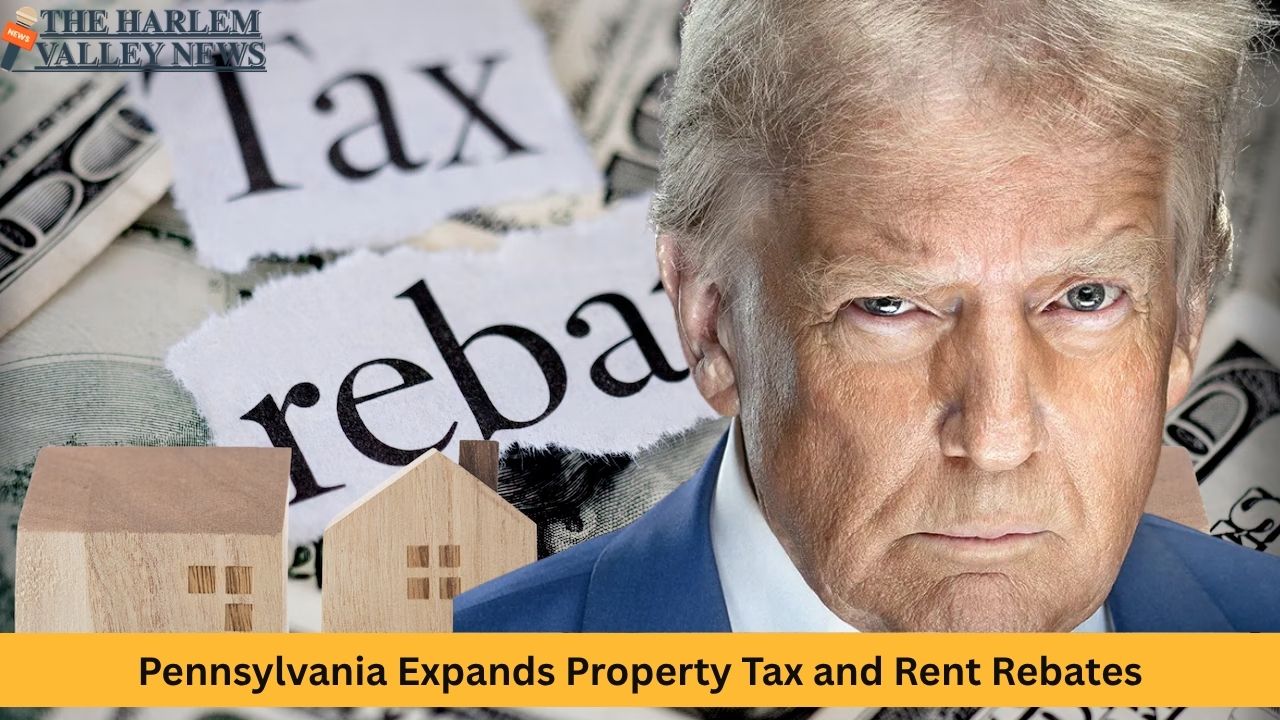



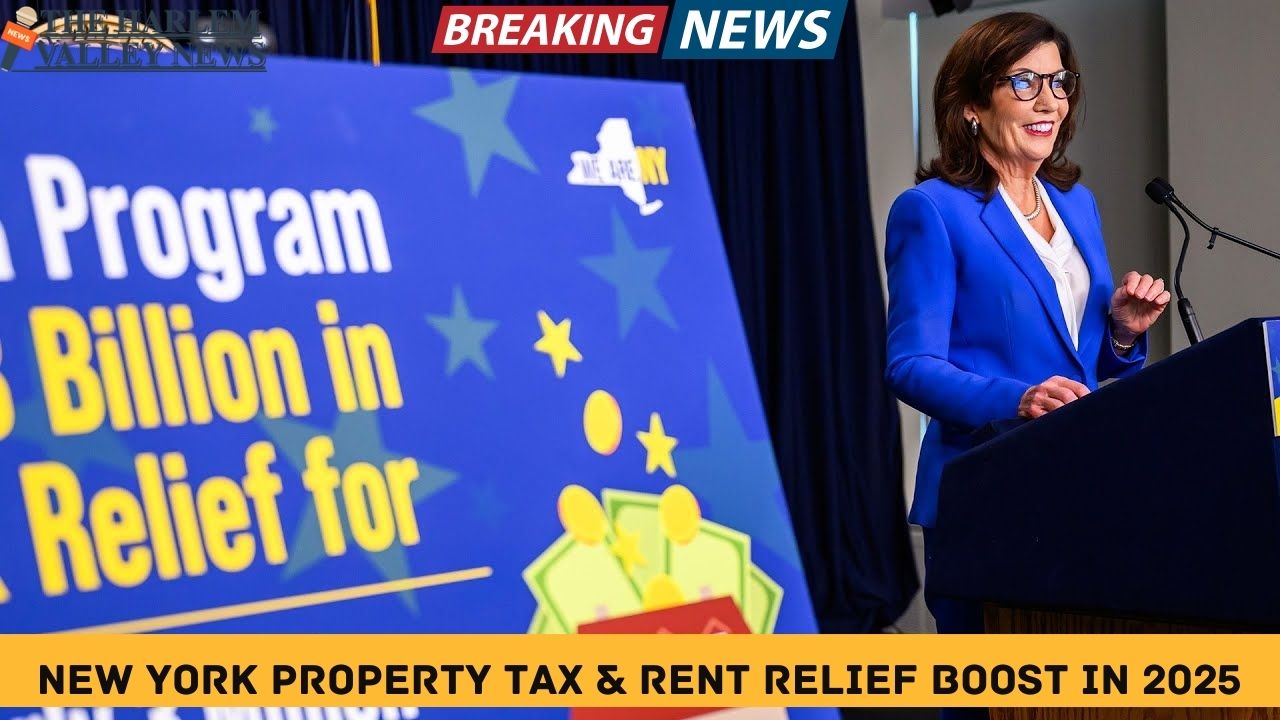


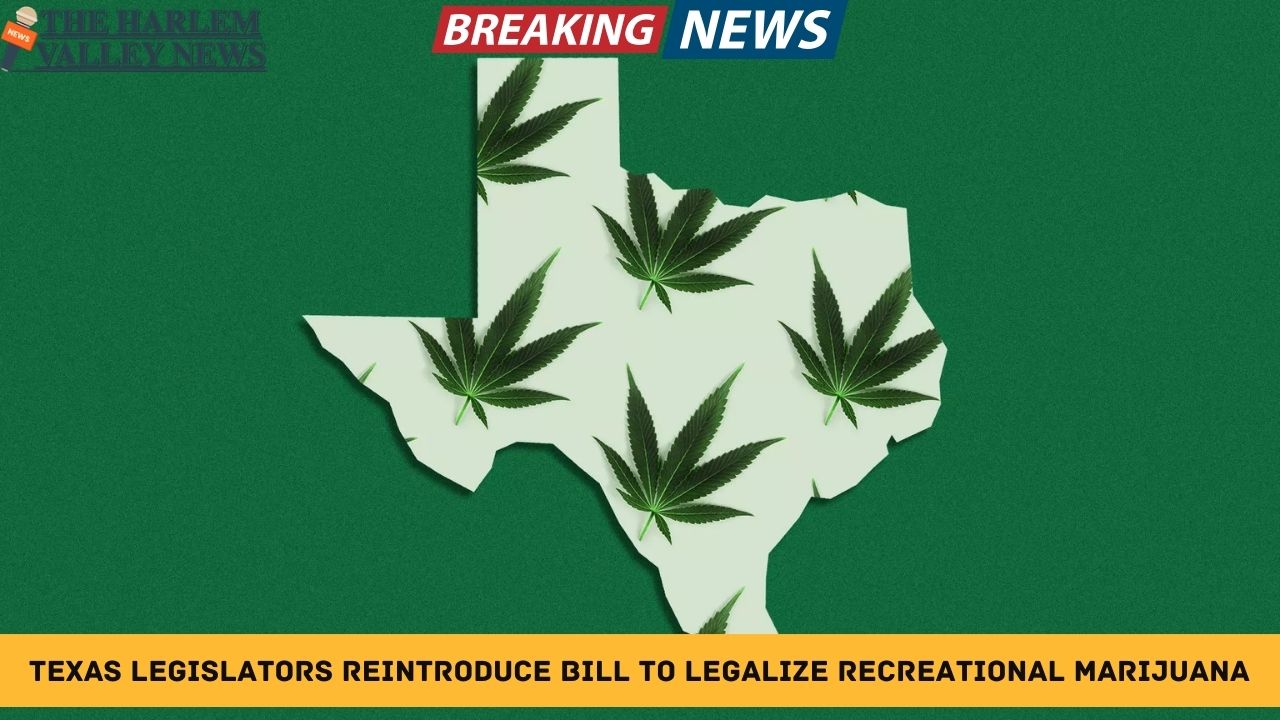
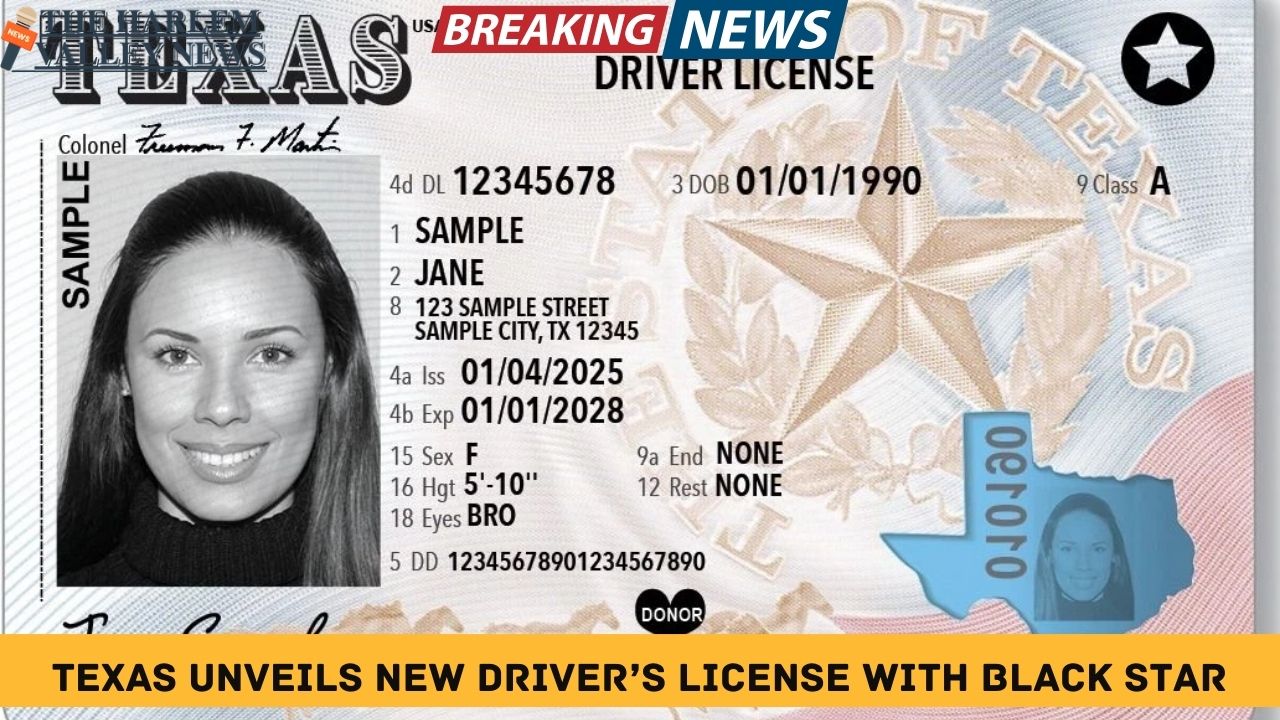

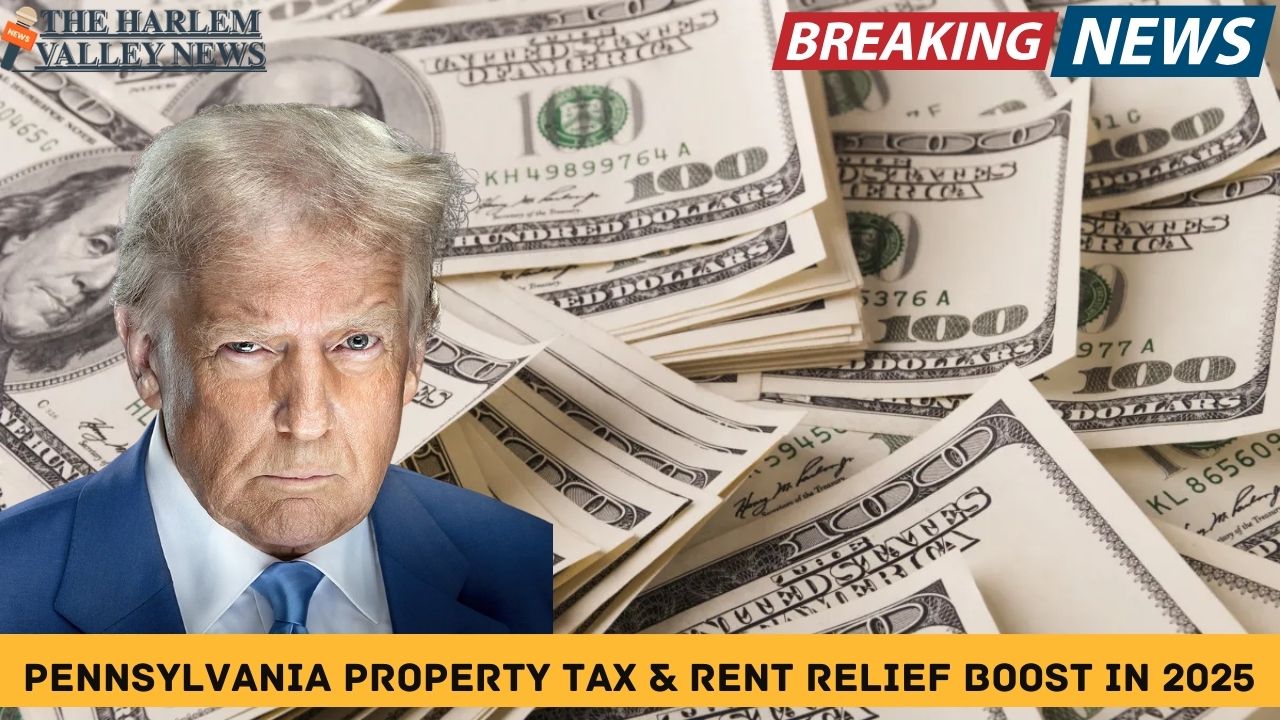


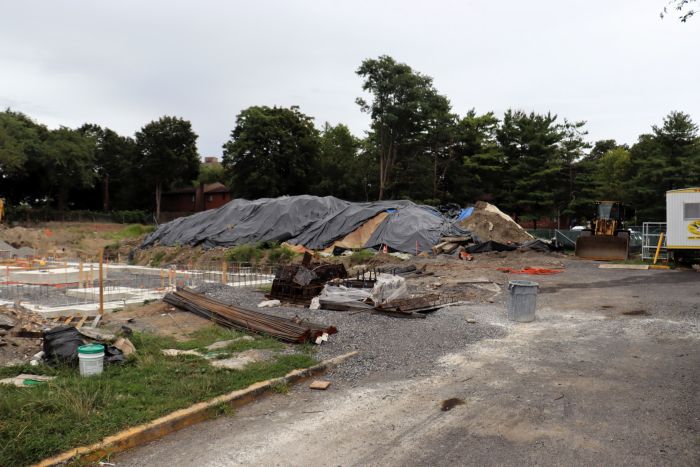

Anthony Dayieb
If this legislation took effect in 2023-2024, why is there a picture of Trump on the front of the article? He had nothing to do with this legislation.